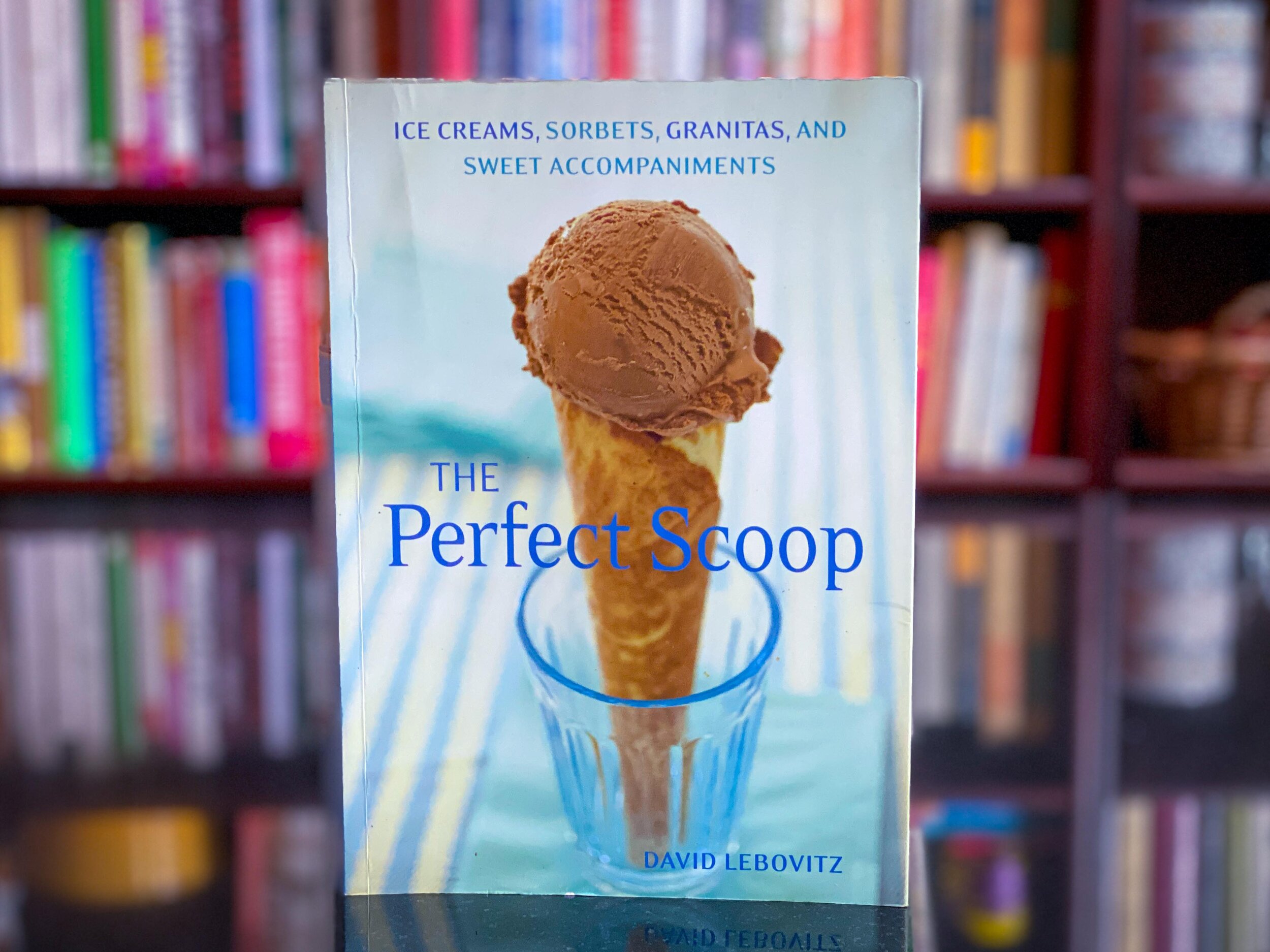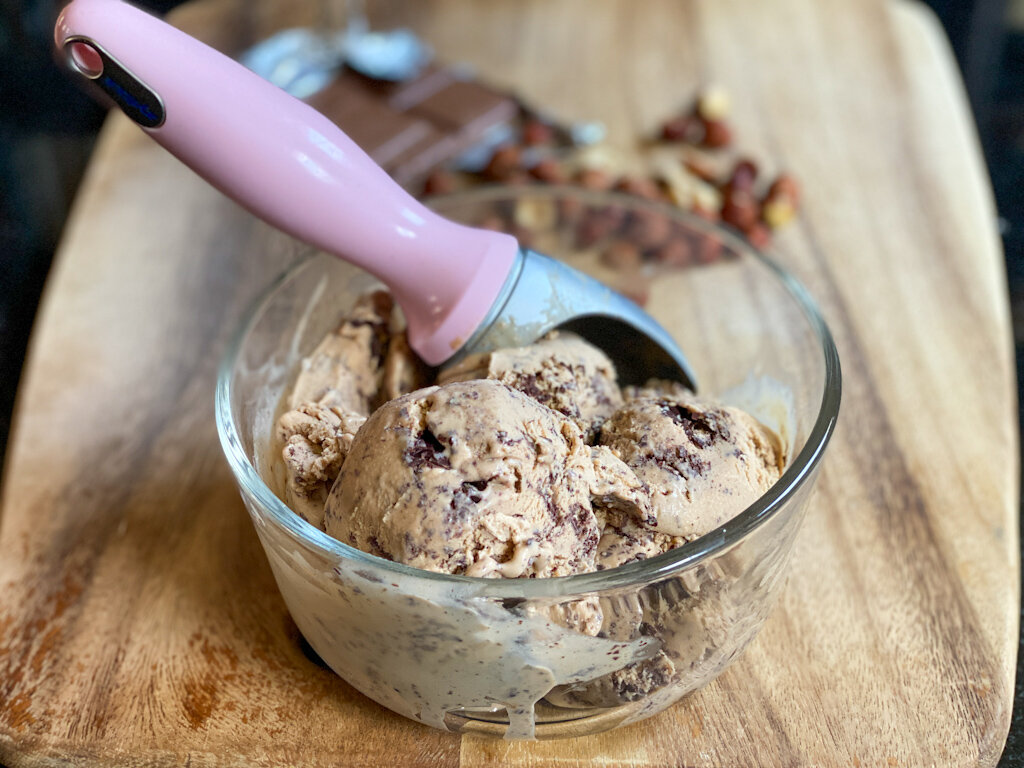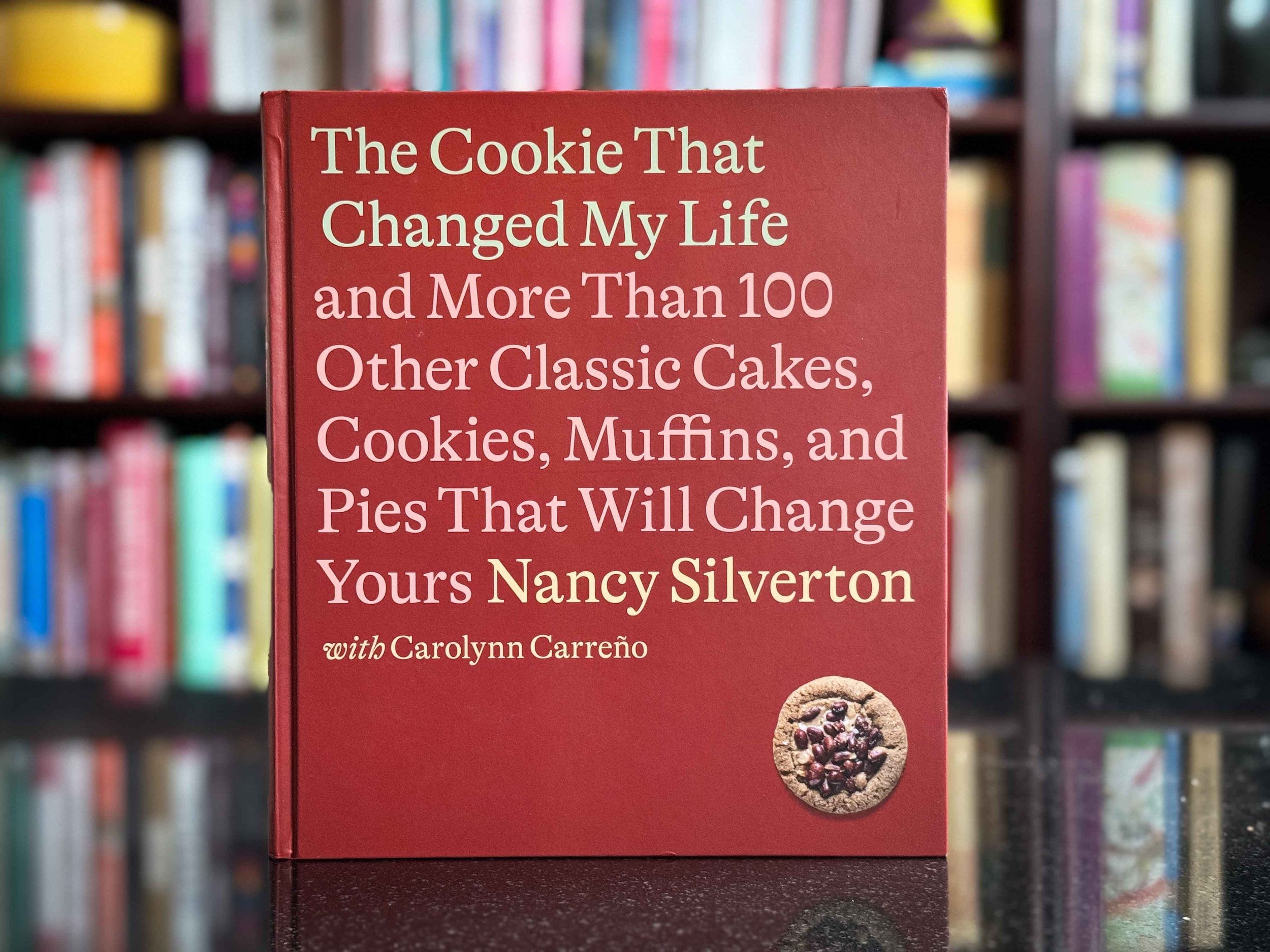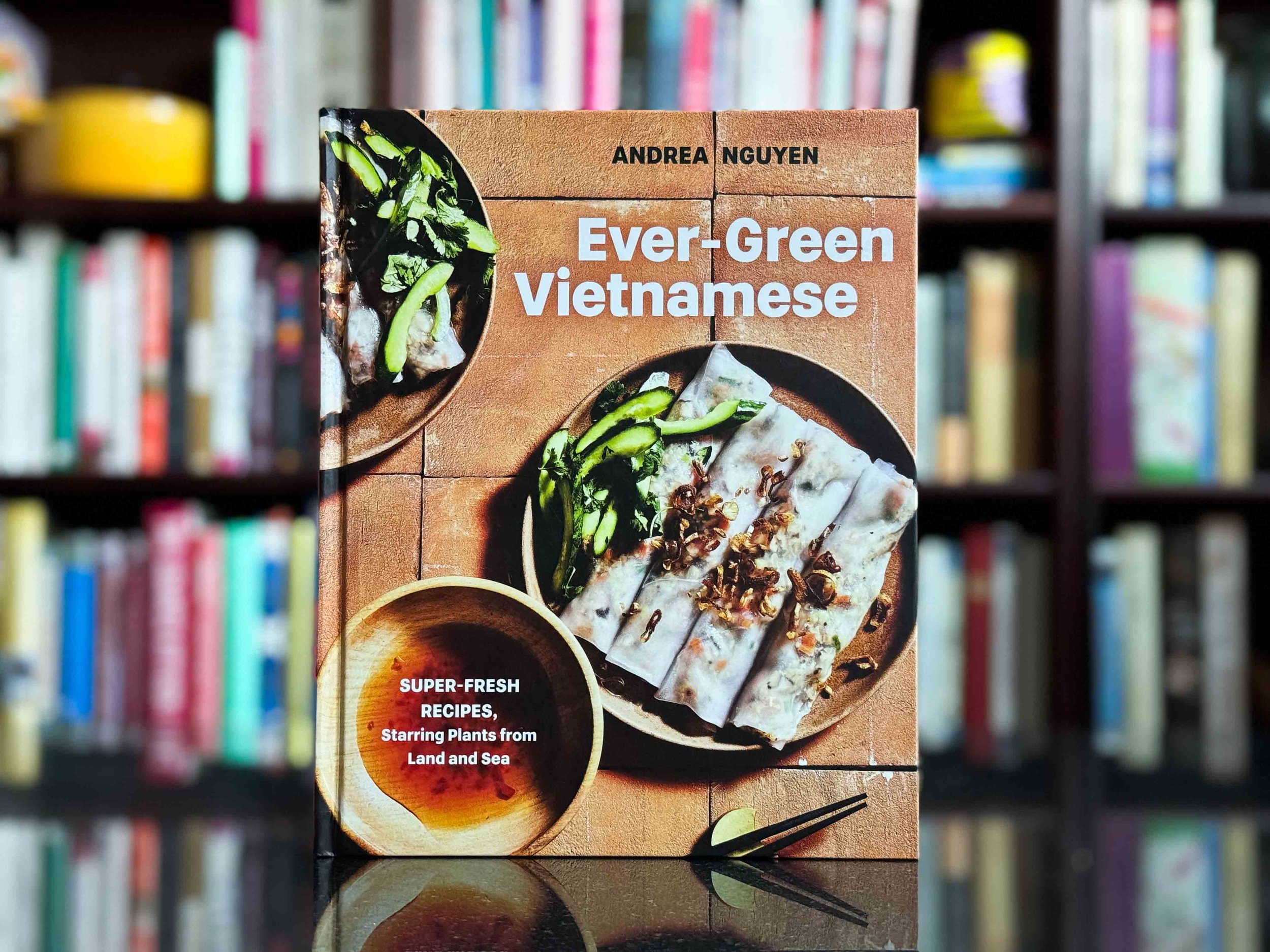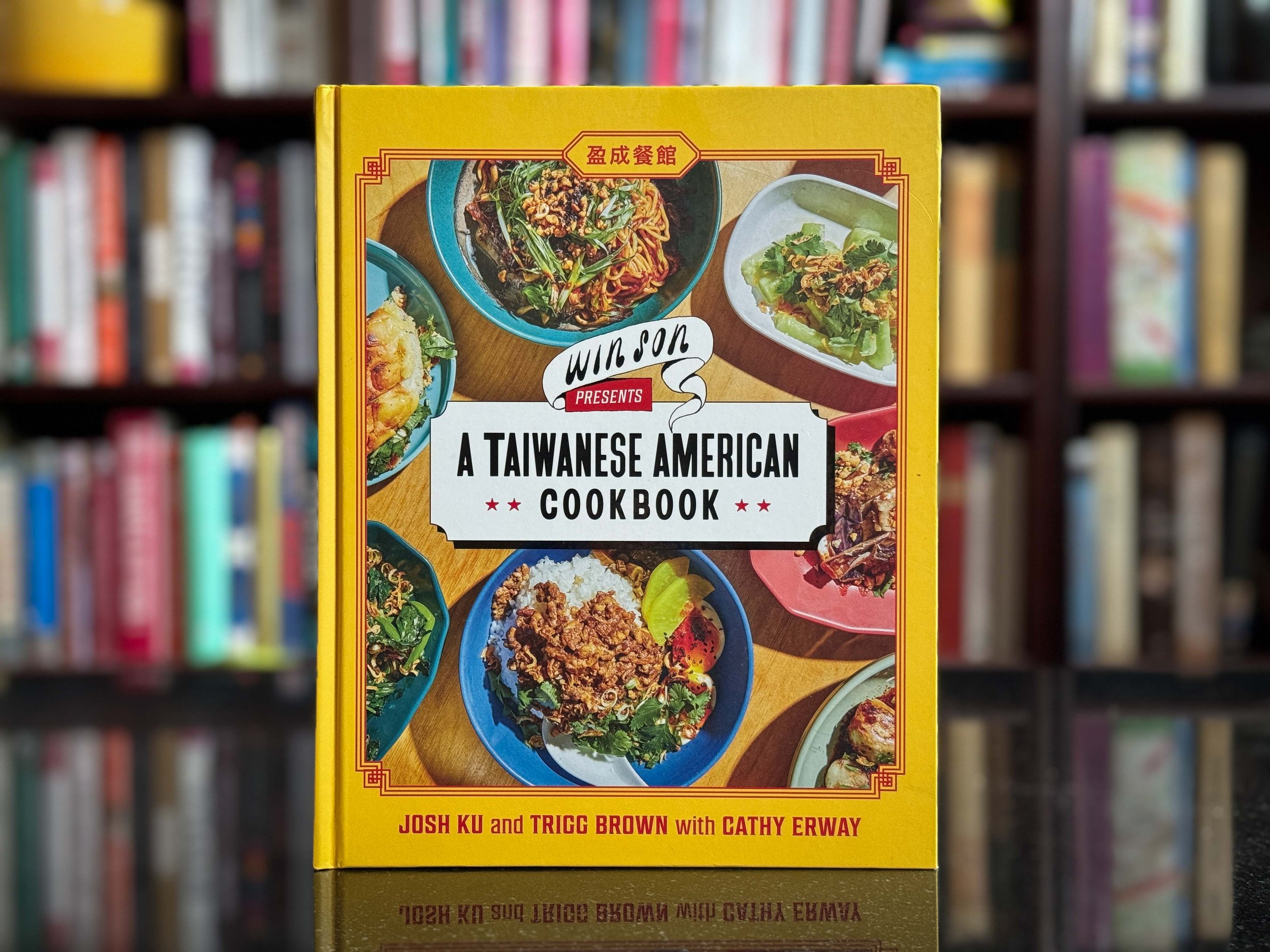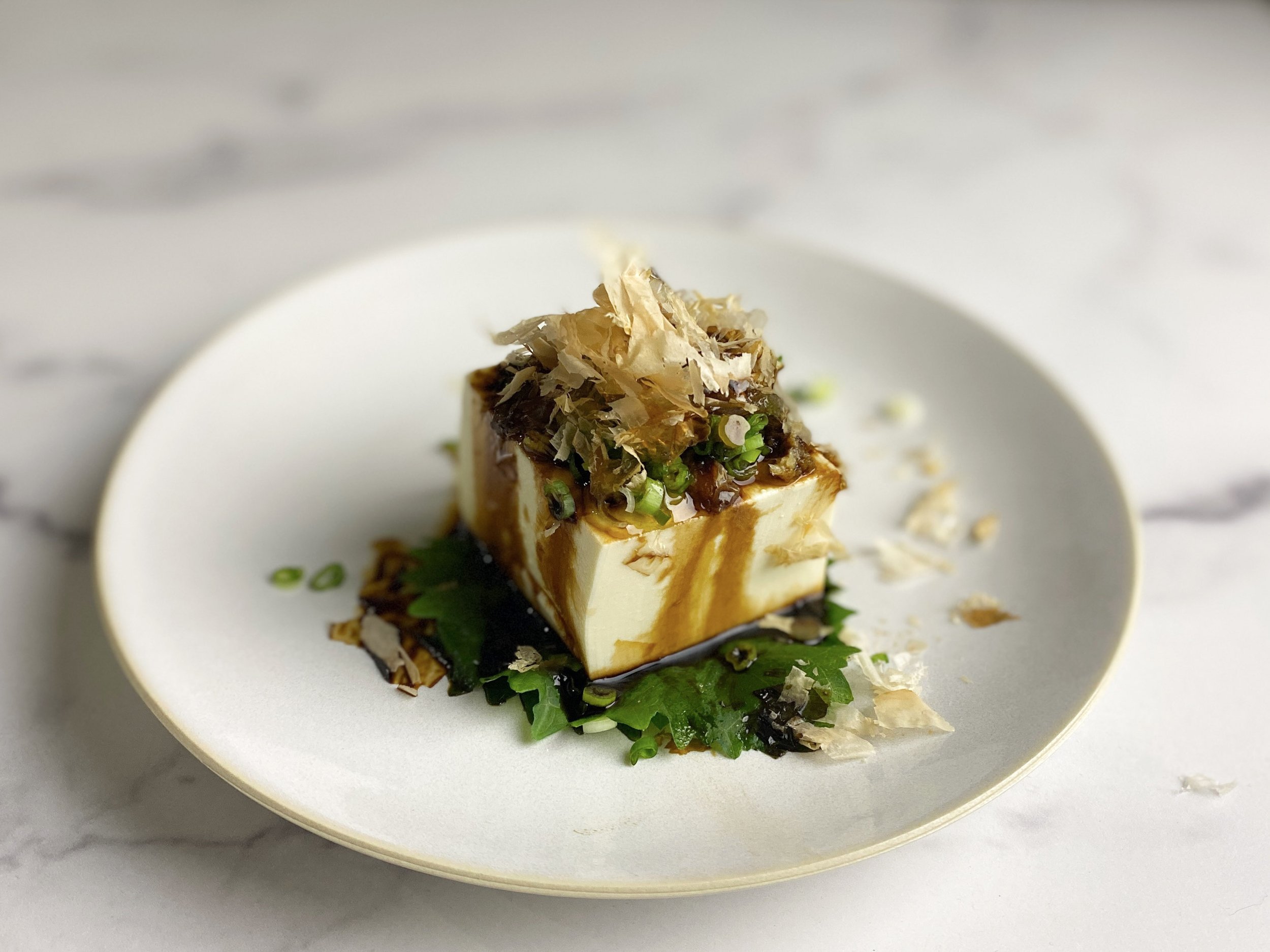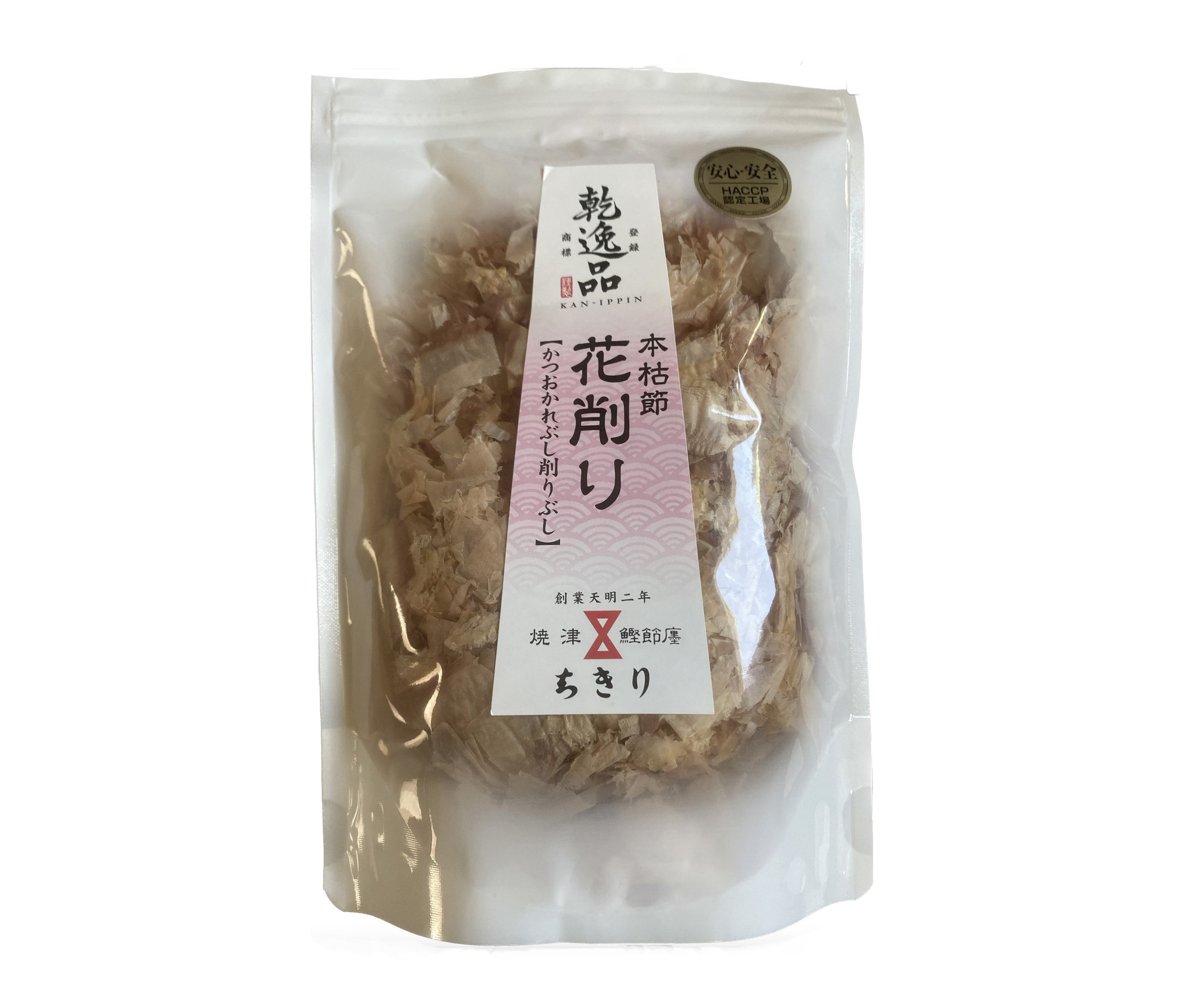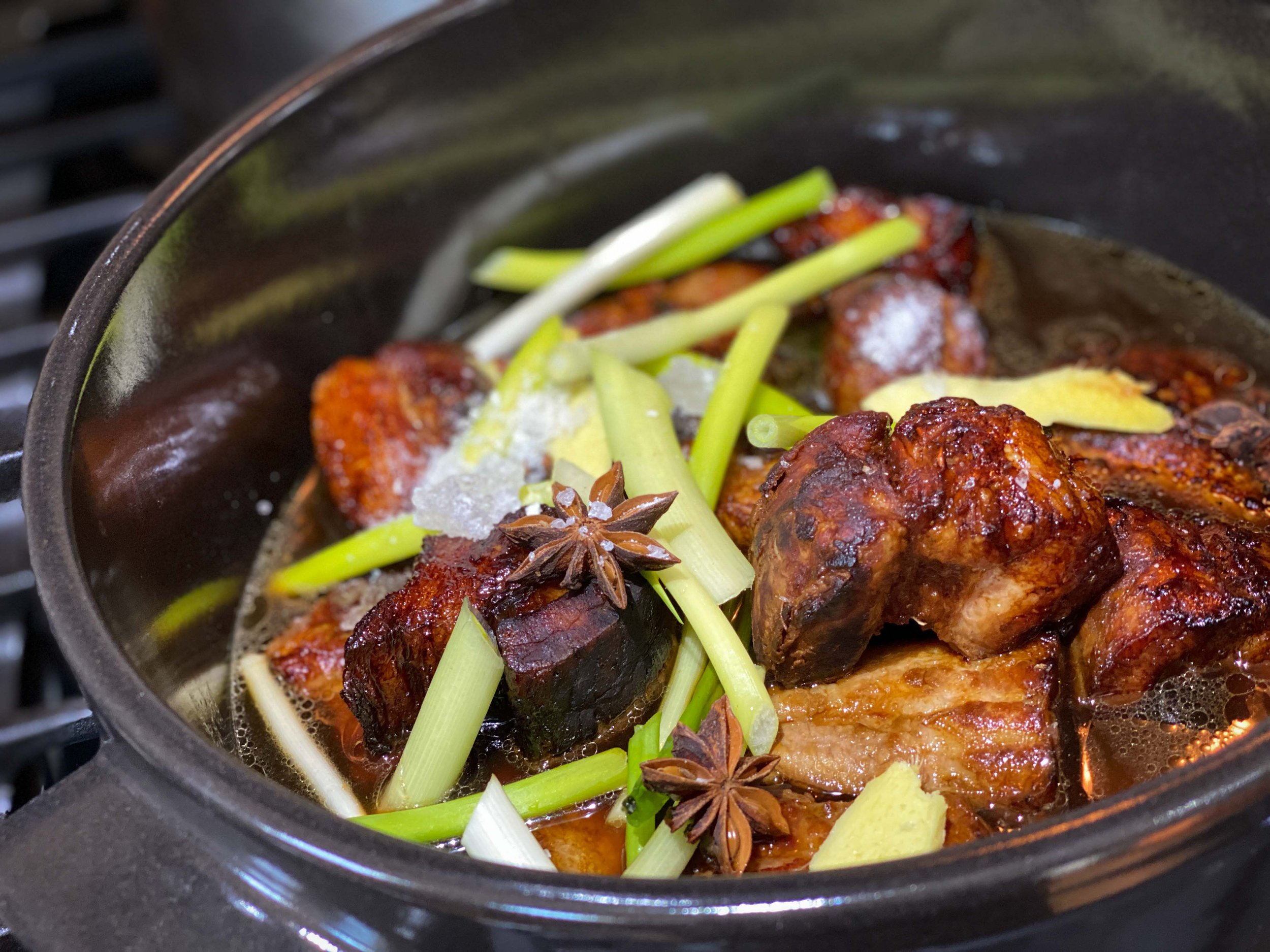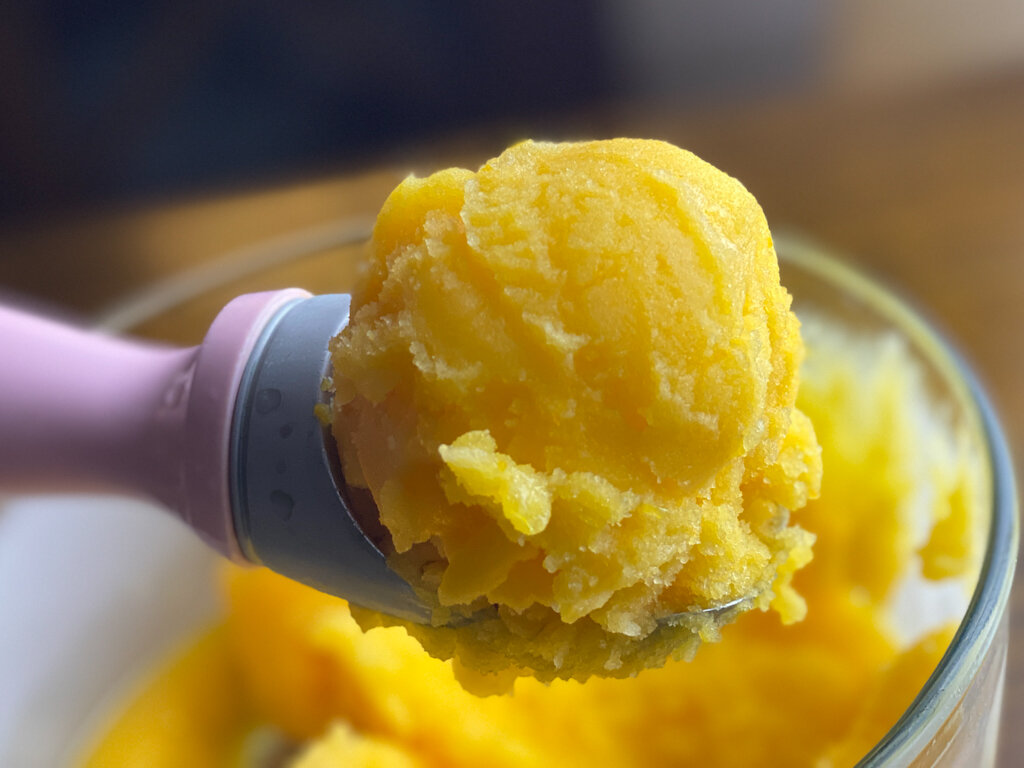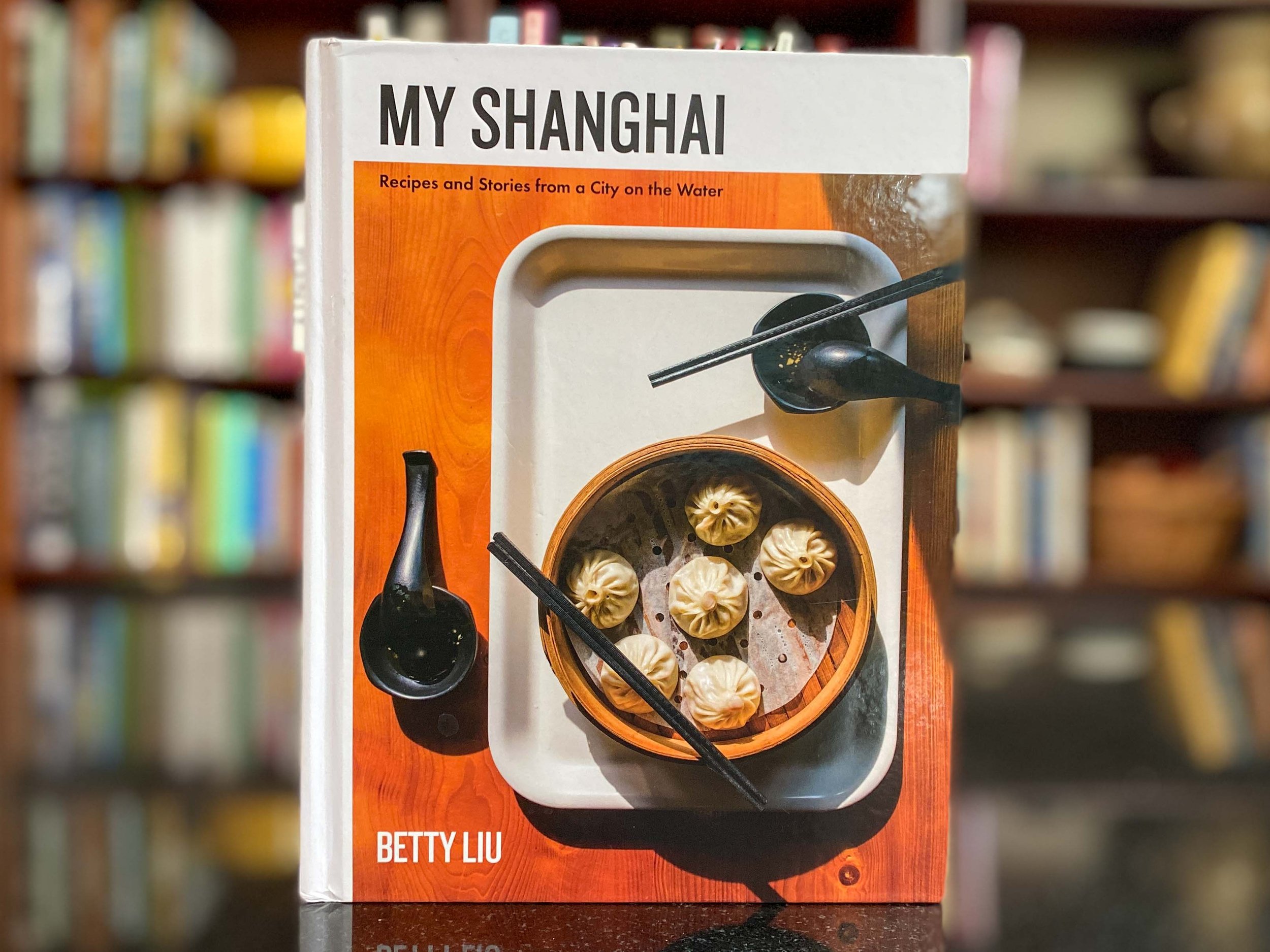By Leslie Brenner
[This article updates one that was originally published on July 18, 2021.]
The Perfect Scoop: 200 Recipes for Ice Creams, Sorbets, Gelatos, Granitas and Sweet Accompaniments (revised and updated), by David Lebovitz, photographs by Ed Anderson, 2018, Ten Speed Press, $24.99
Backgrounder: David Lebovitz, who launched his career as pastry chef at Chez Panisse back in the 1980s, has an outstanding Substack newsletter chronicling his food-life in Paris; there’s also a lot of wonderful material (including recipes) on his blog and website. He is the author of many excellent books, including Drinking French, Ready for Dessert, My Sweet Life in Paris and others (he has published nine in total), and The Perfect Scoop is our favorite of them all. Originally published in 2007, Lebovitz revised and updated it in 2018, adding a dozen new recipes, and it is that edition that’s the basis of this review and the recipes we’ve adapted.
Why We Love it: Lebovitz is the undisputed king of ice cream, and we’ve been making his frozen desserts since way back when the book was first published. The recipes always work perfectly as written, but they’re eminently riffable, and even provide such a strong foundation that if you’re a confident cook, you can probably start creating your own recipes. Besides chapters on the frozen desserts themselves, there are also chapters on Sauces and Toppings (Classic Hot Fudge, Cajeta, Candied Red Beans), Mix-Ins (Butter Pecans, Peppermint Patties) and “Vessels” (Ice Cream Cones, Crêpes, Profiteroles, Brownies).
We’ve made or tasted probably at least a dozen frozen desserts in the book, which besides ice cream, also includes gelatos, sorbets, sherbets and sorbettos, frozen yogurts, ices, granitas and ice pops. Recently, we made up a batch of Lebovitz’s Watermelon Sorbetto, pouring into ice-pop molds and turning it into not-too-sweet watermelon paletas (so good!). His Lavender-Honey Ice Cream is one of our favorites ever; Peach Ice Cream is a Philadelphia-style (no eggs) classic you’ll love all summer long; Cinnamon Ice Cream is classic as well. At Christmastime, Egg Nog Ice Cream is killer, and any time of year, Lemon Sorbet is a terrific version of classic lemon Italian ice. (You’ll have to buy the book to get those recipes, but believe me, you won’t be sorry.)
Gianduja Gelato with Straciatella from ‘The Perfect Scoop’
A few years ago we fell in love with (and wrote about) the Gianduja (hazelnut-chocolate) Gelato swirled with the Stracciatella (Italian-style chocolate chips) found in the Mix-Ins chapter.
Matcha Ice Cream from ‘The Perfect Scoop’
Lovers of Japanese sweets will adore Lebovitz’s green tea ice cream. Made with matcha and rich with egg yolks, it is quite simply the best we’ve ever tasted.
You’ll have to save for the winter, when mandarins (also known as tangerines) are in season and at their most flavorful, to fully appreciate Lebovitz’s Tangerine Sorbet. But do keep it in mind — with an incredible purity of flavor, it’s one of our all-time favorite winter desserts.
Nectarine Sorbet from ‘The Perfect Scoop’
You’ve Gotta Try This: In Southwest France, where I’ve spent a lot of time over the last three decades, my French in-laws have a delightful custom of slicing a ripe peach into their red wine glasses at the end of dinner. The peaches get macerated, turning them into a glorious, light dessert, so fab with the red wine. Years ago, I tried to develop a peach ice cream recipe that would replicate those flavors, but never succeeded. Lo and behold Lebovitz’s recipe for Nectarine Sorbet, which he suggests scooping into wine glasses and letting everyone pour in red wine to their taste. Dare I say it’s even better than the real thing!? The sorbet on its own is pretty magnificent — and easy to make, especially as nectarines don’t require peeling.
Nectarine Sorbet is marvelous in a glass of red wine.
Still Wanna Make: Oh, man — where do I start?! Chartreuse Ice Cream is high on the list (will do that soon!), and so are Toasted Almond & Candied Cherry; Aztec Chocolate; Toasted Coconut; Dried-Apricot-Pistachio; and Prune-Armagnac (all ice creams). Among the dairy-free recipes, I feel a batch of Pineapple Sorbet coming on soon. And doesn’t Cucumber-Gin Sorbet sound like fun?
I’m guessing you’re half-way out of your seat and ready to churn; make sure your ice-cream-maker insert is in the freezer.
If You Don’t Yet Have an Ice-cream Maker: Do spring for one — it’s well worth it if you love ice creams and sorbets as much as we do. Our 15+ year-old Cuisinart finally died a month ago, and I bought a new one with a larger capacity — the Cuisinart ICE-70. It’s not inexpensive, at about $139 (at the moment), but I appreciate that it can churn up to 1 1/2 quarts of ice cream. (Note that it is not the 2 quarts its specs suggest; a full review is coming soon!) The New York Times Wirecutter highly recommends the much less pricey Cuisinart ICE-21 (my purchase was also based on a positive Wirecutter review, among others), but at three-quarters capacity, I believe that would cause overflow problems with many recipes, including some of Lebovitz’s.

